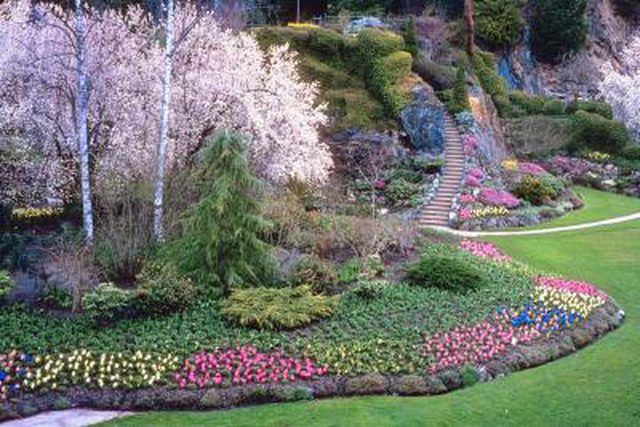Bulbs
Flower Basics
Flower Beds & Specialty Gardens
Flower Garden
Garden Furniture
Garden Gnomes
Garden Seeds
Garden Sheds
Garden Statues
Garden Tools & Supplies
Gardening Basics
Green & Organic
Groundcovers & Vines
Growing Annuals
Growing Basil
Growing Beans
Growing Berries
Growing Blueberries
Growing Cactus
Growing Corn
Growing Cotton
Growing Edibles
Growing Flowers
Growing Garlic
Growing Grapes
Growing Grass
Growing Herbs
Growing Jasmine
Growing Mint
Growing Mushrooms
Orchids
Growing Peanuts
Growing Perennials
Growing Plants
Growing Rosemary
Growing Roses
Growing Strawberries
Growing Sunflowers
Growing Thyme
Growing Tomatoes
Growing Tulips
Growing Vegetables
Herb Basics
Herb Garden
Indoor Growing
Landscaping Basics
Landscaping Patios
Landscaping Plants
Landscaping Shrubs
Landscaping Trees
Landscaping Walks & Pathways
Lawn Basics
Lawn Maintenance
Lawn Mowers
Lawn Ornaments
Lawn Planting
Lawn Tools
Outdoor Growing
Overall Landscape Planning
Pests, Weeds & Problems
Plant Basics
Rock Garden
Rose Garden
Shrubs
Soil
Specialty Gardens
Trees
Vegetable Garden
Yard Maintenance
How to Convert Square Footage of Rocks to Tons for Landscaping
How to Convert Square Footage of Rocks to Tons for Landscaping. Small rocks or gravel are popular options for surfacing accent borders and other areas in landscaping projects. Rocks can create an attractive appearance and serve the practical purpose of holding soil in place when grass or other ground cover isn’t the best choice. It is best to...

Small rocks or gravel are popular options for surfacing accent borders and other areas in landscaping projects. Rocks can create an attractive appearance and serve the practical purpose of holding soil in place when grass or other ground cover isnít the best choice. It is best to allow a little extra when you figure out the amount of rocks you'll need. You donít want to run short and any excess will probably come in handy for another project soon enough.
Things You'll Need
Measuring tape
Calculator
Determine the total square footage of rocks needed. Measure the length and width of each area to be covered and then multiply length times width to find the square footage. Add up the square feet for each section of your project to get the total number of square feet.
Decide on the depth of rock cover you need. This can vary depending on the size of rocks or gravel and the type of area you want to cover. In general, youíll want a depth of around 3 to 4 inches.
Convert the depth in inches into a decimal fraction of one foot by dividing the depth by 12. For example, a 3 inch layer of rock divided by 12 equals 0.25 feet. Multiply by the number of square feet to determine the number of cubic feet required.
Convert cubic feet to cubic yards by dividing by 27 (the number of cubic feet in one cubic yard). For instance, if you need 135 cubic feet of rocks, dividing 135 cubic feet by 27 gives you 5 cubic yards.
Convert cubic yards to tons of rock. For most gravel and small rock, there are about 1 and 3/8 tons (2750 pounds) per cubic yard. Multiply the number of cubic yards by 1 and 3/8. For 5 cubic yards, this works out as 1 and 3/8x5 = 6 and 7/8 tons.